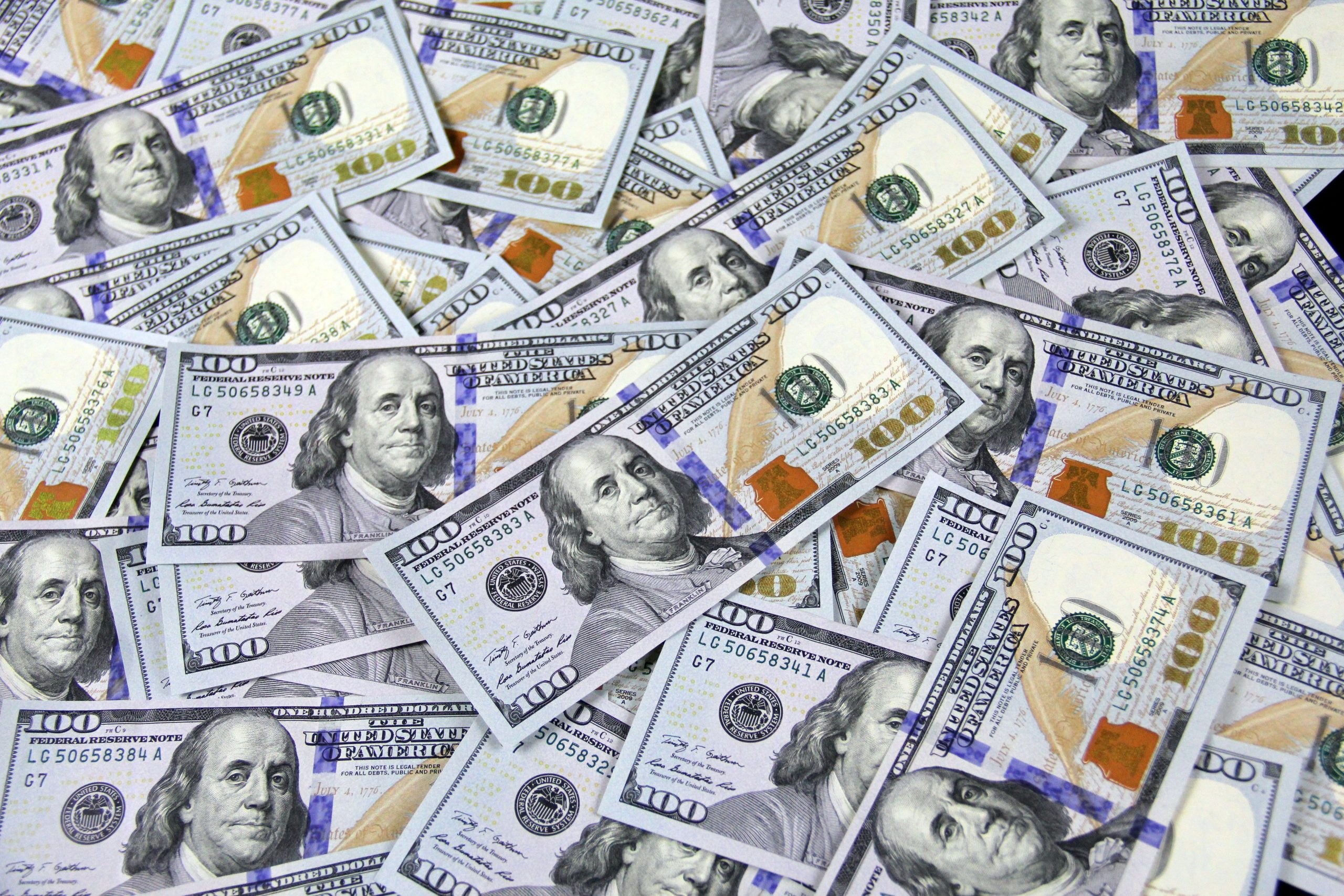South Korea’s economy has recently shown signs of cooling inflation, surpassing expectations and moving closer to the government’s target. This development is significant given the global economic climate and domestic challenges. This article will explore the current state of inflation in South Korea, the factors contributing to the cooling trend, and the implications for the country’s economy. Additionally, we will include an analysis table and a comparative table to provide a clearer understanding of the situation.
1. Overview of South Korea’s Inflation Trend

Inflation in South Korea has been a major economic concern over the past few years. High inflation rates, driven by various global and domestic factors, had raised alarms among policymakers and consumers alike. However, recent data indicates a cooling of inflation rates, which is a positive sign for the South Korean economy.
As of the latest reports, South Korea’s inflation rate has dropped significantly, moving towards the target set by the Bank of Korea (BoK). The rate for the most recent period stands at 2.4%, a decrease from previous months and lower than many analysts’ expectations.
2. Factors Contributing to the Cooling Inflation
Several factors have contributed to the cooling of in South Korea:
2.1. Monetary Policy Adjustments
The Bank of Korea has played a crucial role in managing inflation through monetary policy. Recent decisions to adjust interest rates have helped control pressures. By increasing interest rates, the BoK has aimed to curb excessive spending and borrowing, which can drive up prices.
2.2. Global Commodity Prices
A decrease in global commodity prices has also been a contributing factor. South Korea, being a major importer of raw materials, benefits when the prices of commodities such as oil and metals fall. Lower commodity prices reduce production costs and can lead to lower consumer prices.
2.3. Supply Chain Improvements
Improvements in global supply chains have alleviated some of the bottlenecks that had previously contributed to higher inflation. Reduced shipping costs and improved logistics have helped stabilize prices for various goods.
2.4. Domestic Economic Conditions
Domestic economic conditions have also played a role. Increased consumer confidence and spending, along with strong economic growth, have contributed to a more stable environment. However, the government’s fiscal policies and support measures have also been instrumental in this regard.
3. Implications for South Korea’s Economy
The cooling of inflation has several positive implications for South Korea’s economy:
3.1. Economic Stability
Lower inflation rates contribute to greater economic stability. This stability helps businesses plan and invest more confidently, supporting overall economic growth.
3.2. Consumer Purchasing Power
With inflation cooling, consumer purchasing power is strengthened. Lower rates mean that prices for goods and services are not rising as quickly, allowing consumers to spend more on other goods and services.
3.3. Policy Flexibility
The Bank of Korea gains more flexibility in its monetary policy decisions. With inflation trending towards the target, the BoK can adjust interest rates more freely to support economic growth without the immediate concern of runaway inflation.
4. Analysis Table
| Factor | Contribution to Cooling Inflation | Impact on Inflation Rate |
|---|---|---|
| Monetary Policy Adjustments | Increased interest rates to curb spending and borrowing | Significant reduction in inflation |
| Global Commodity Prices | Lower prices for raw materials such as oil and metals | Direct decrease in production costs |
| Supply Chain Improvements | Reduced shipping costs and improved logistics | Stabilization of prices for goods |
| Domestic Economic Conditions | Increased consumer confidence and spending | Strengthened economic stability |
5. Comparative Table
| Metric | Previous Period | Current Period | Target Range |
|---|---|---|---|
| Inflation Rate | 3.0% | 2.4% | 2.0% – 2.5% |
| Interest Rate (BoK) | 3.50% | 3.25% | N/A |
| Global Oil Price (per barrel) | $85 | $75 | N/A |
| Consumer Confidence Index | 95 | 100 | N/A |
6. Conclusion
South Korea’s recent experience with cooling inflation is a promising development. Various factors, including monetary policy adjustments, declining global commodity prices, improvements in supply chains, and favorable domestic economic conditions, have all played a role in bringing rates closer to the government’s target. This trend not only supports economic stability but also enhances consumer purchasing power and provides the Bank of Korea with more flexibility in its policy decisions. As South Korea continues to navigate the global economic landscape, monitoring these factors will be crucial for maintaining a balanced and stable economic environment.




